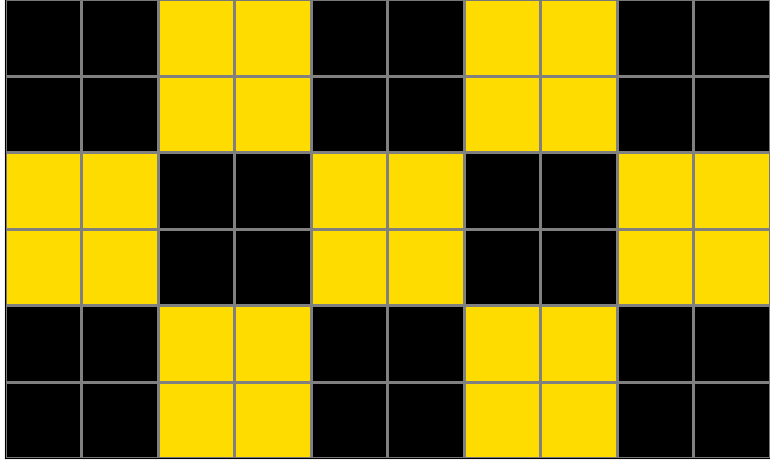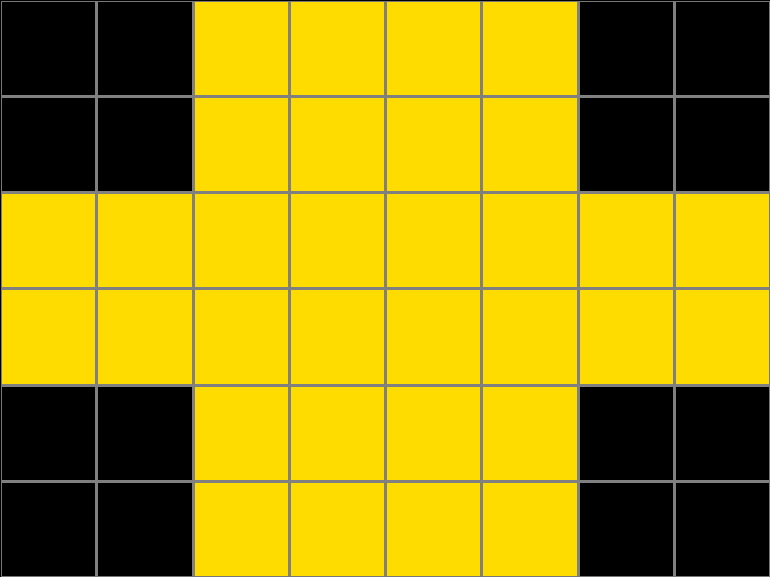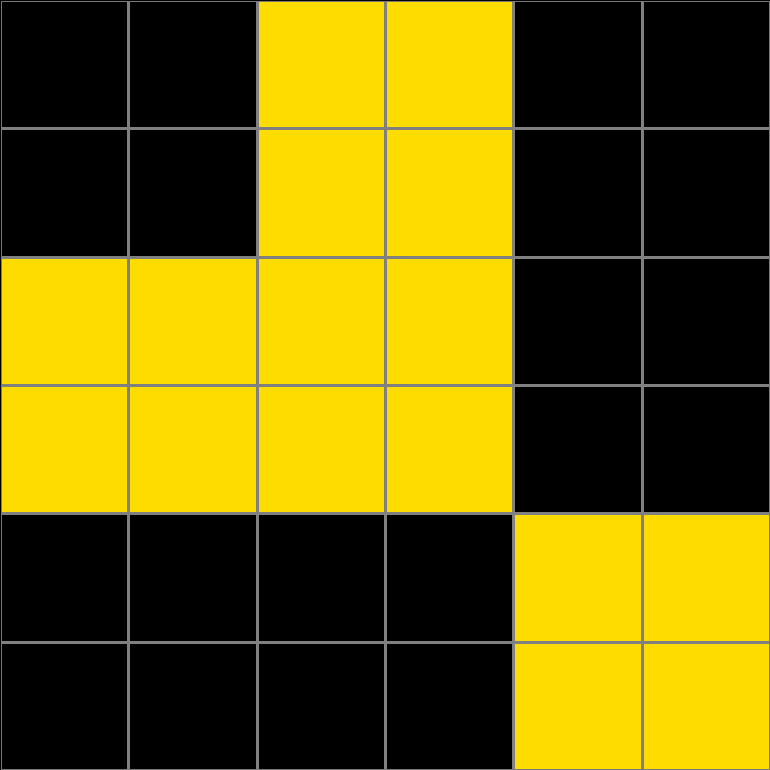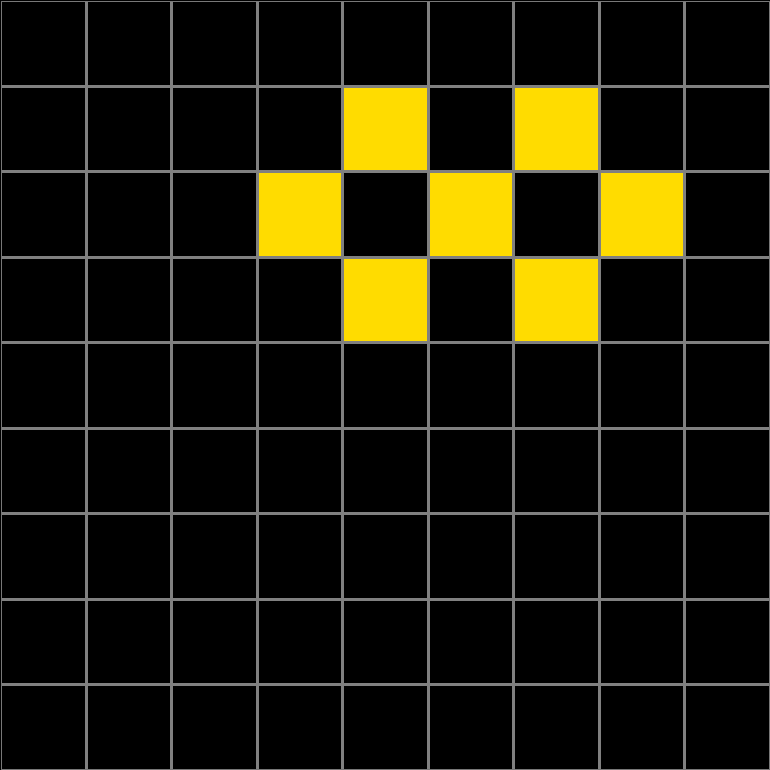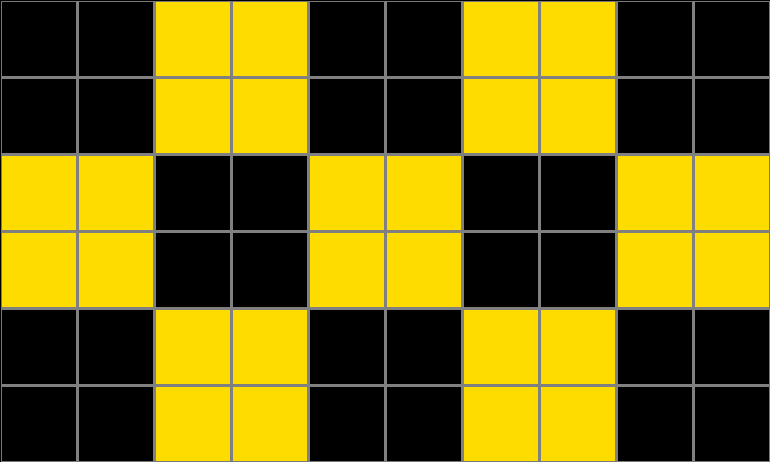Participant 1
Initial description: I tried to imitate the original by doubling the blocks.
Final description: I tried to double the blocks but I don't understand how this particular puzzle works.
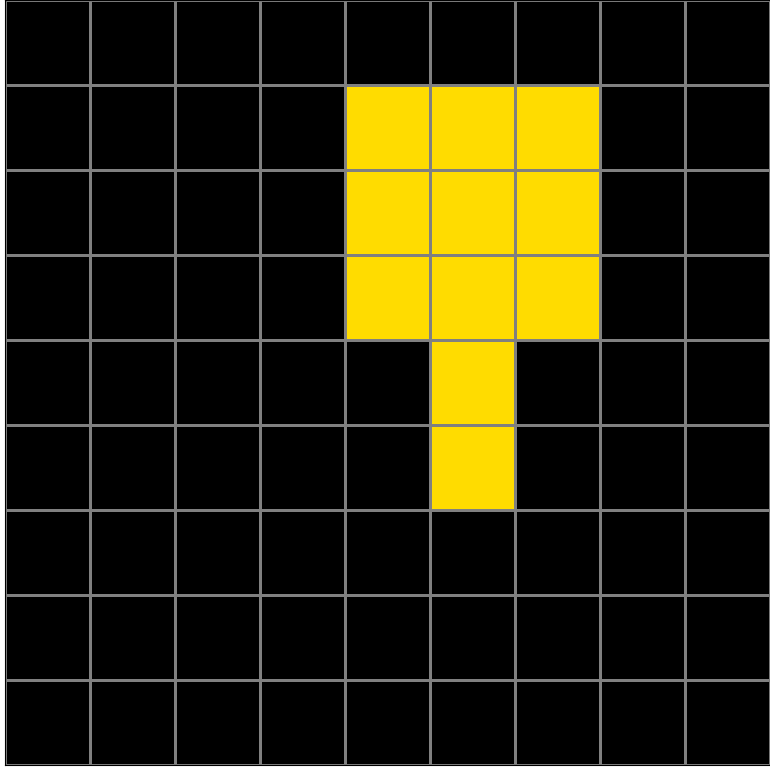
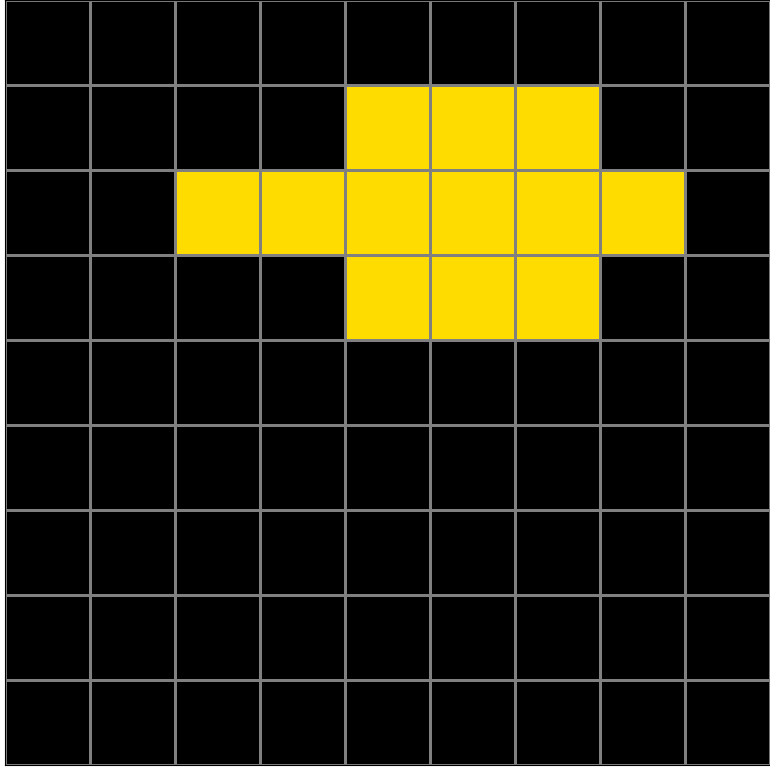

Participant 2
Initial description: each pixel is now four pixels, "zoomed" in to show entire shape
Final description: each pixel is now four pixels, "zoomed" in to show entire shape

Participant 3
Initial description: Because the example input and the way I see it like in example two how the three blocks are separate each one goes in a different direction
Final description: I don't know what the rule was I was just counting down the number of blocks but the examples didn't have the Black Square so that kind of threw me off



Participant 4
Initial description: little hard
Final description: something hrd
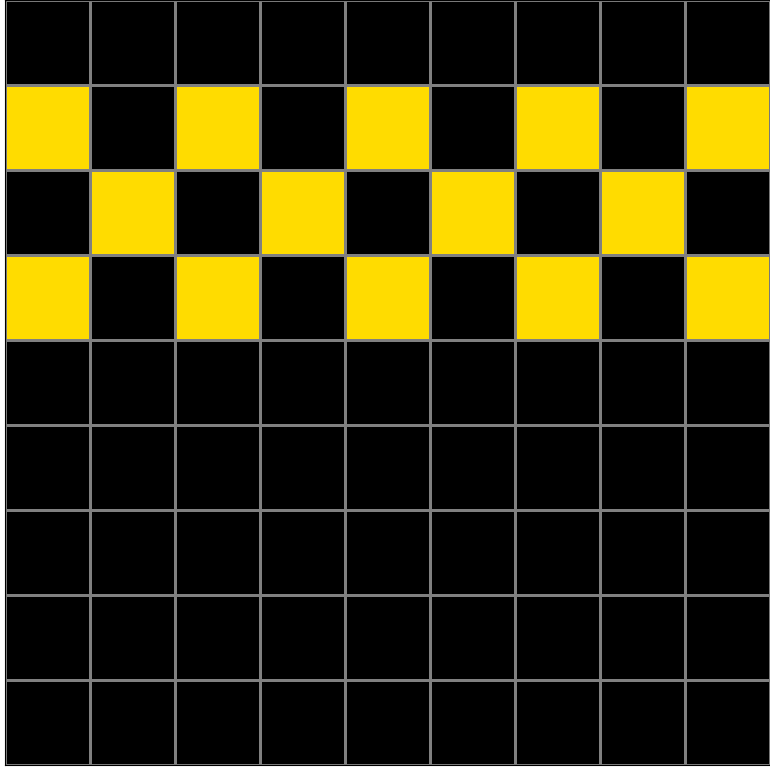
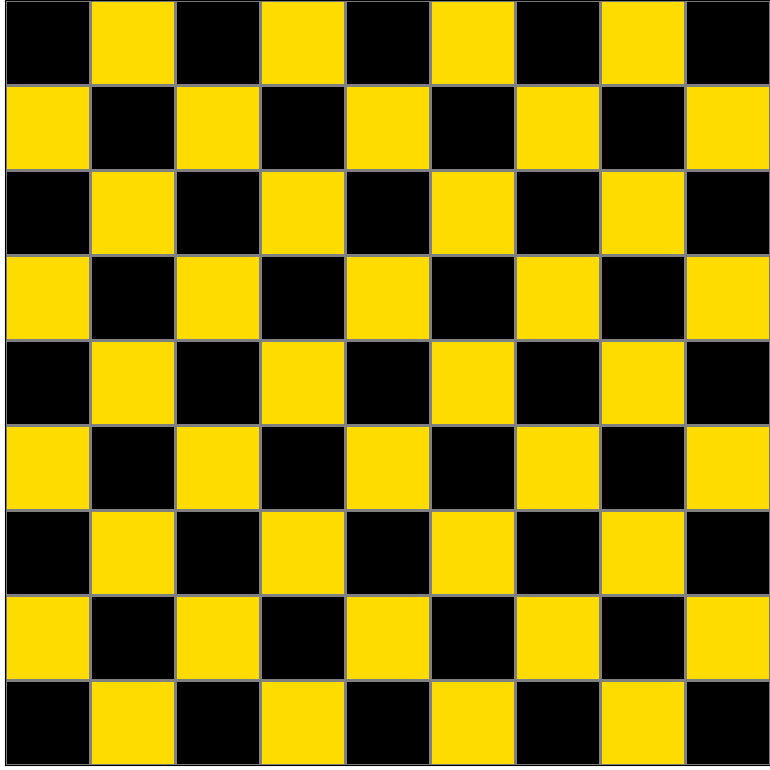

Participant 5
Initial description: double each dot in a way that it can can still create the same pattern while cutting out the unused edges of the test input.
Final description: double each dot in a way that it can can still create the same pattern while cutting out the unused edges of the test input.
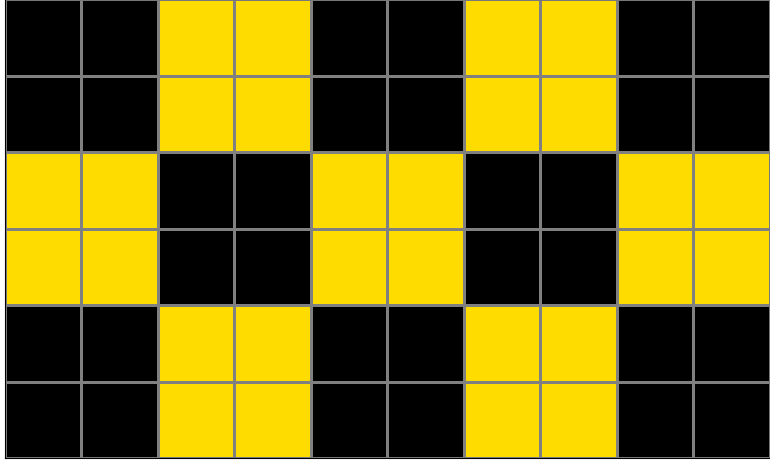
Participant 6
Initial description: The width/height of the grid is double the number of columns/rows that contain input cells. Each colored cell is turned into four cells in the output.
Final description: The width/height of the grid is double the number of columns/rows that contain input cells. Each colored cell is turned into four cells in the output.

Participant 7
Initial description: Zoom to fill, then dilate by a factor of 2.
Final description: Zoom to fill, then dilate by a factor of 2.

Participant 8
Initial description: The rule to transform the output from the input on this test was to enlarge the colored squares from the input so they filled the display of the output, therefore lessening the amount of squares used in the grid.
Final description: The output puzzle will fill the squares from edge to edge with your pattern. Each square will be quadrupled, so that your output will look like a larger version of your input, with the edges touching each side of the output. Zoomed in, if you will!
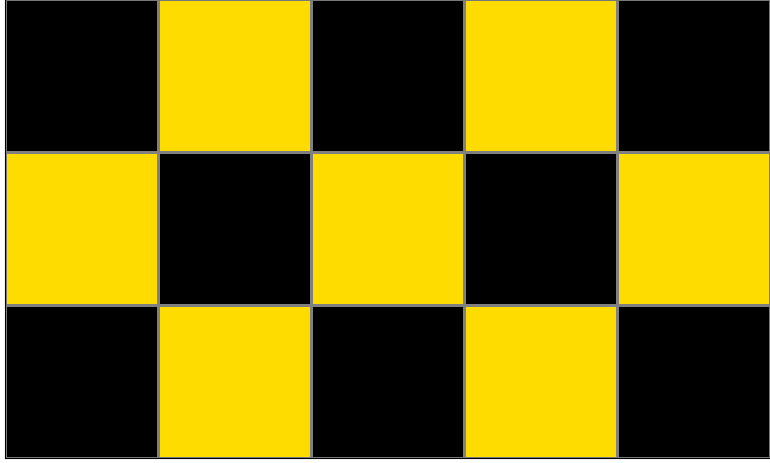

Participant 9
Initial description: Trying to same shape but bigger
Final description: Trying to same shape but bigger
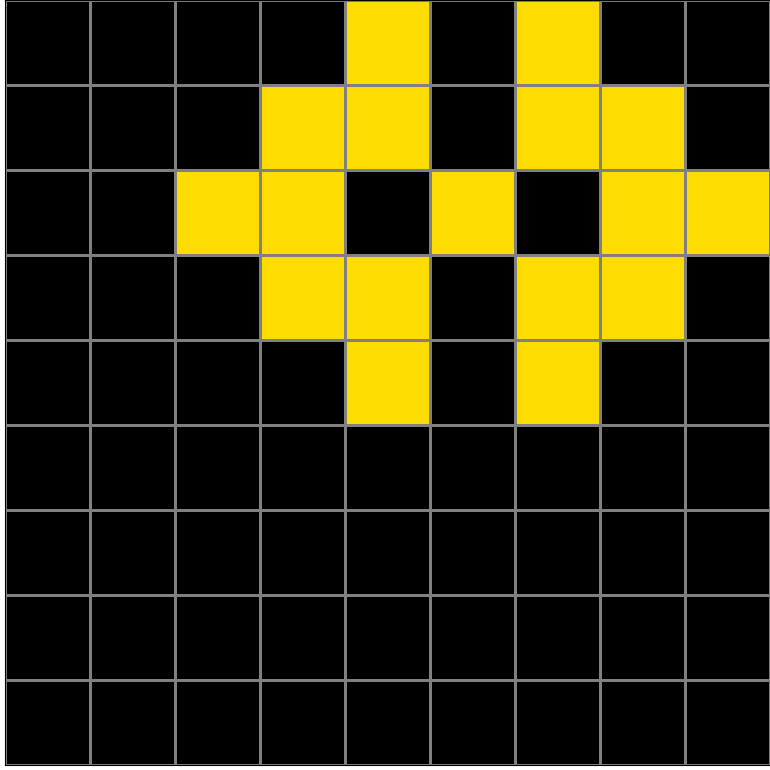
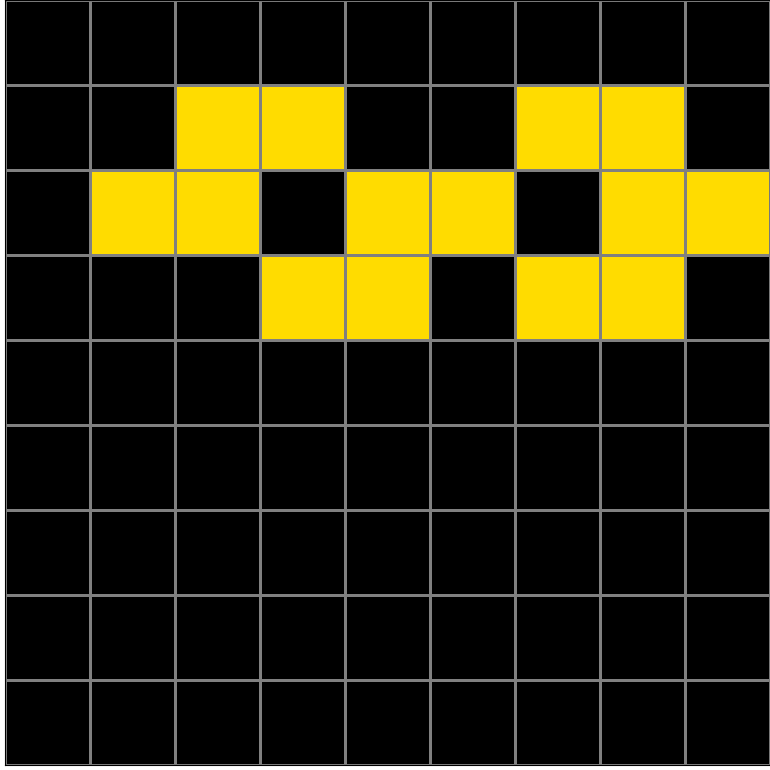
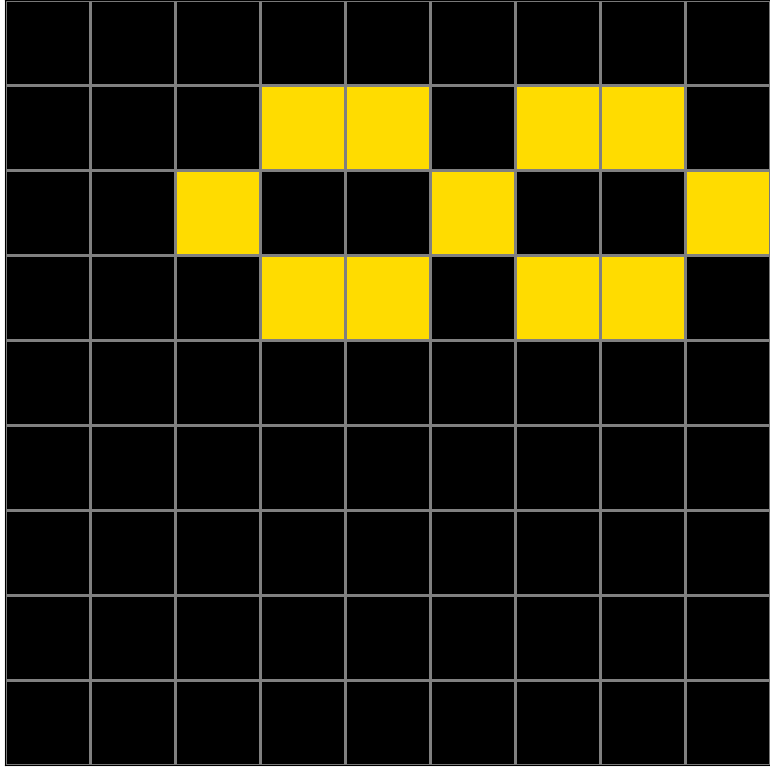
Participant 10
Initial description: double the yellow cells. then double them once more. make the cells fit fully into the grid.
Final description: double the yellow cells. then double them once more. make the cells fit fully into the grid.

Participant 11
Initial description: the shape needed to be doubled in sized and fill up the entire grid
Final description: the shape needed to be doubled in sized and fill up the entire grid
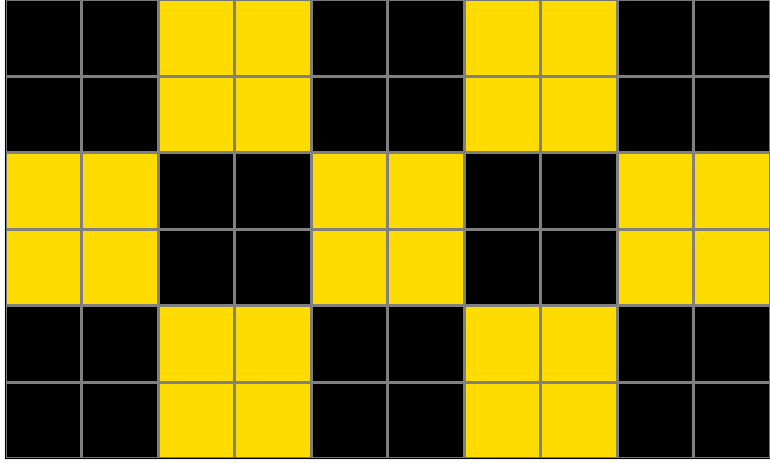
Participant 12
Initial description: Create a grid twice as high and wide as the input figure, duplicate the input figure in which 4 blocks are used to represent each single block.
Final description: Create a grid twice as high and wide as the input figure, duplicate the input figure in which 4 blocks are used to represent each single block.

Participant 13
Initial description: I made the grid in double the size.
Final description: I made the grid in double the size.
